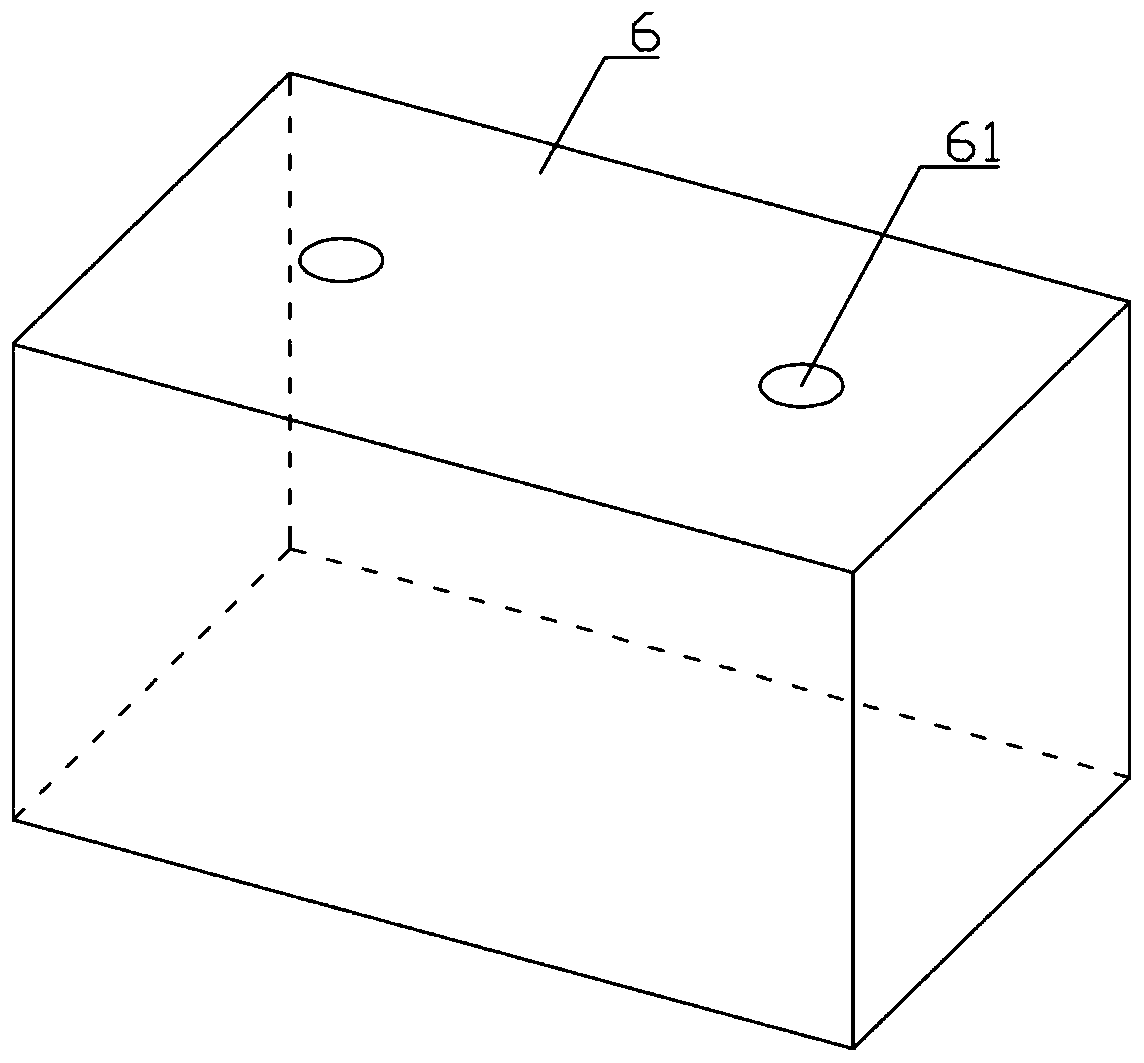German cockroach feeding cage and German cockroach feeding method
A German cockroach and breeding cage technology, applied in the field of insect reproduction, can solve the problems of not meeting the experimental requirements, affecting the experimental results, German cockroach escaping, etc., achieving large insect activity space, reasonable structure design, and preventing nymphs from drowning. Effect
- Summary
- Abstract
- Description
- Claims
- Application Information
AI Technical Summary
Problems solved by technology
Method used
Image
Examples
Embodiment 1
[0057] Feeding conditions: the feed is selected from rat feed, the ambient temperature is respectively set at 20°C, 24°C, 28°C, and 32°C, the relative humidity is 65±5%, and the photoperiod is 14:10 (L:D) to make the German cockroach Adults, nymphs, and ootheca are all reared in this environment.
[0058] Experimental method: adopt the feeding method disclosed in the present invention, take 120 first-instar nymphs of Blattella germanica, divide them into 12 groups on average at random, place the test worms in a plastic box with a diameter of 10 cm and a height of 8.5 cm, and raise them in a set Under the temperature, each treatment was repeated three times, that is, each temperature corresponds to three groups of samples of Blattella germanica, and the samples were observed regularly once a day, and the duration of each age of nymphs and their mortality were recorded. After the nymphs emerged, pair the male and female adults that emerged in the box, put a pair in each plastic ...
Embodiment 2
[0068] Feeding conditions: the feed is rat feed, the ambient temperature is 28±1°C, the relative humidity is 65±5%, and the photoperiod is set to 16h:8h, 14h:10h, 12h:12h, 10h:14h (L:D), 4 mode.
[0069] Experimental method: adopt the breeding method disclosed in the present invention, first put the adult worms carrying egg pods into a breeding box, and raise them under the conditions of temperature 28°C, relative humidity 65±5%, and photoperiod 14h:10h , until the nymphs hatched, the nymphs were randomly divided into groups of 10, a total of 12 groups, and 3 groups were set up under each photoperiod, and then the nymphs were raised in a constant temperature incubator with a corresponding photoperiod, and they were regularly observed every day Record the number of days required from the 1st instar nymph to the adult, and the obtained results are as follows: image 3 shown.
[0070] From Figure 5 It can be seen that the photoperiod response pattern of the German cockroach b...
Embodiment 3
[0072] Feeding conditions: the feed is rat feed, the ambient temperature is 28±1° C., the relative humidity is 65±5%, and the photoperiod is set to 14h:10h (L:D).
[0073] Experimental method: adopt the breeding method disclosed in the present invention, respectively set up water without food, anhydrous without food, and anhydrous with food three experimental groups, with water and food as a control group, select 120 healthy adults raised, Wherein the male-to-female ratio is 1:1, and every 10 heads are randomly divided into groups, wherein the male-to-female ratio is 1:1, and each treatment is repeated three times. The test insects are placed in a plastic box and placed in a constant temperature incubator, and regularly Observe, record the death, and record the results as Figure 6 , Figure 7 shown.
[0074] It can be seen that the survival rate is different under the three kinds of stress conditions. Compared with the control group with water and food, the survival rate cu...
PUM
 Login to View More
Login to View More Abstract
Description
Claims
Application Information
 Login to View More
Login to View More - R&D
- Intellectual Property
- Life Sciences
- Materials
- Tech Scout
- Unparalleled Data Quality
- Higher Quality Content
- 60% Fewer Hallucinations
Browse by: Latest US Patents, China's latest patents, Technical Efficacy Thesaurus, Application Domain, Technology Topic, Popular Technical Reports.
© 2025 PatSnap. All rights reserved.Legal|Privacy policy|Modern Slavery Act Transparency Statement|Sitemap|About US| Contact US: help@patsnap.com



